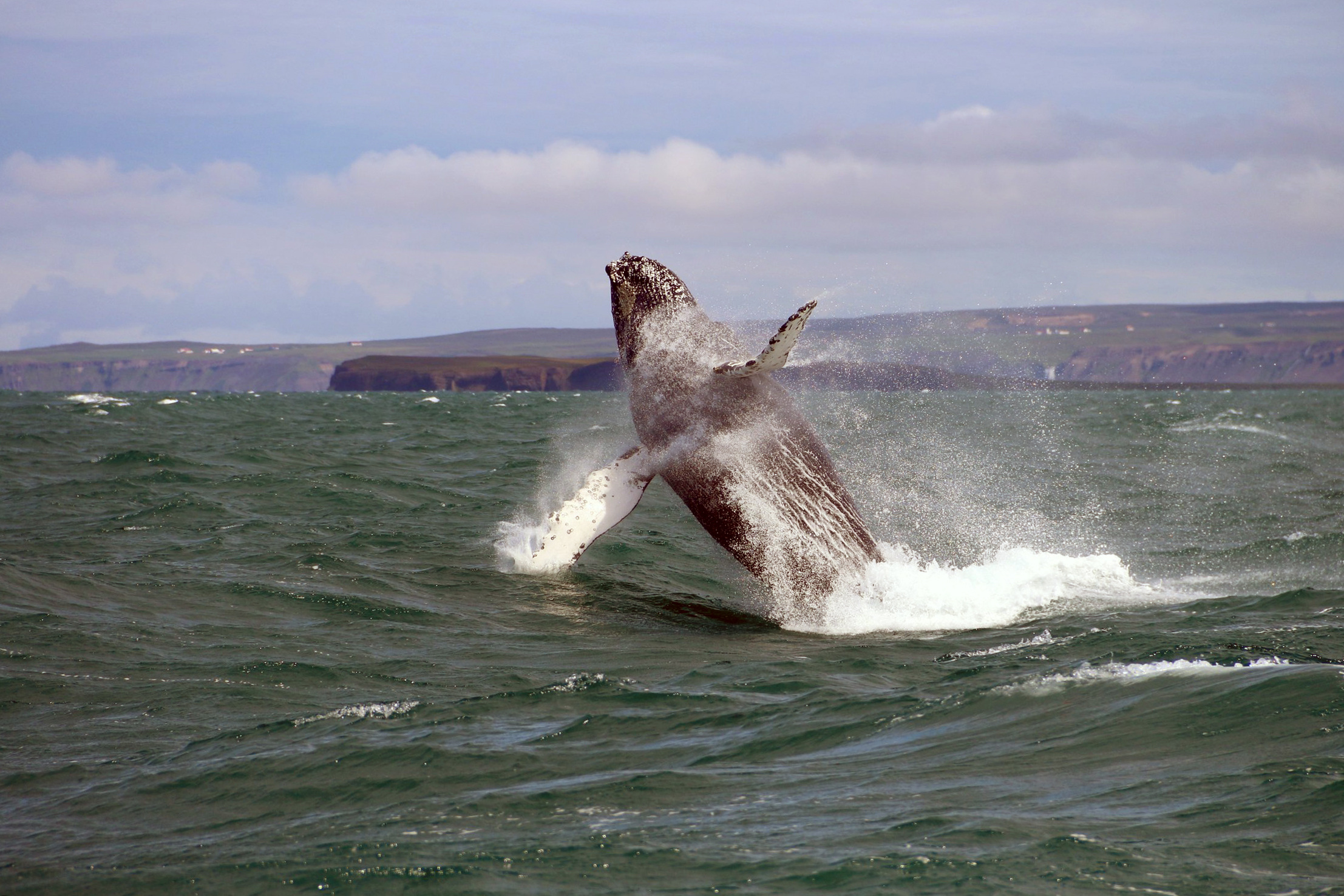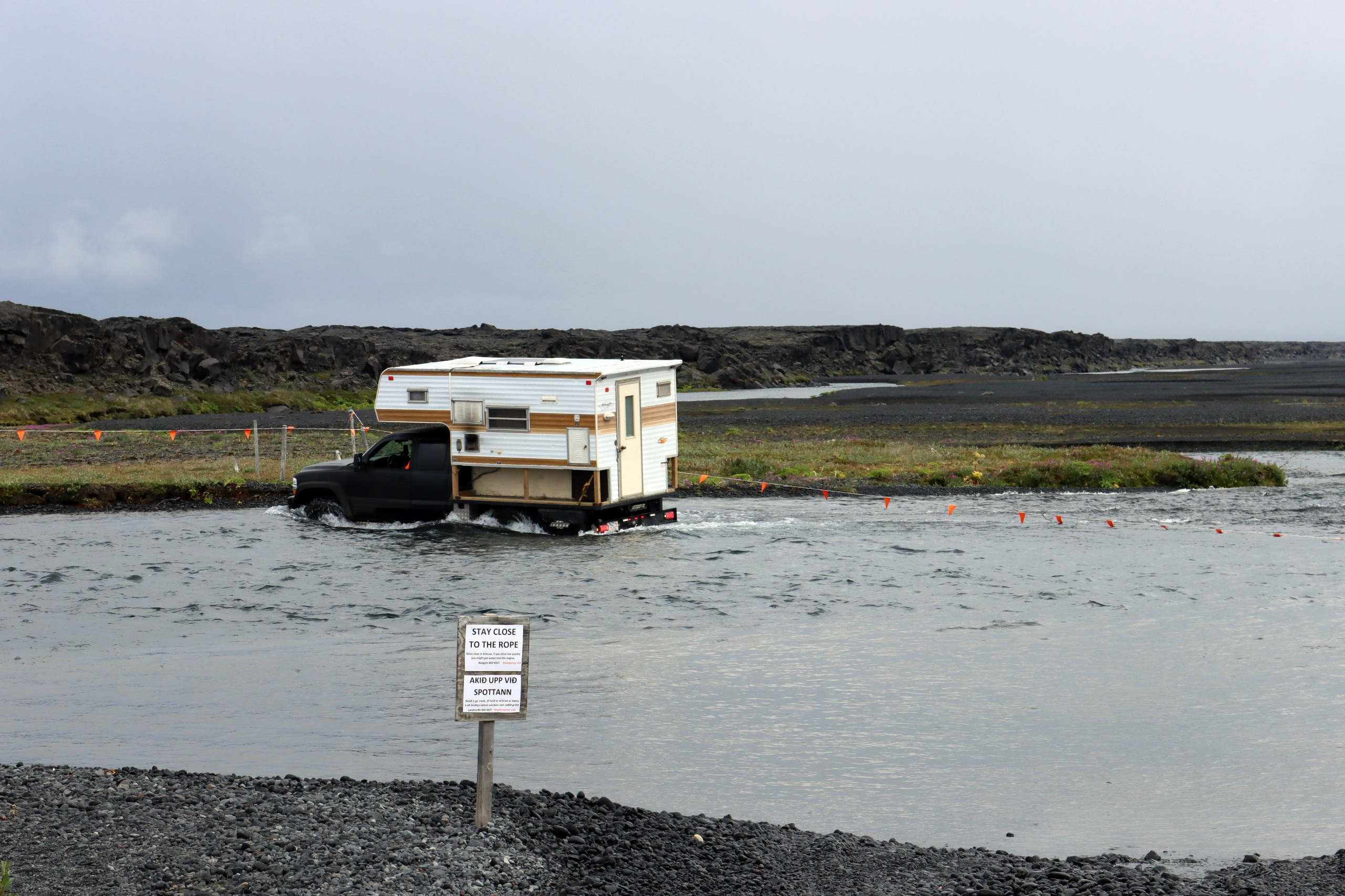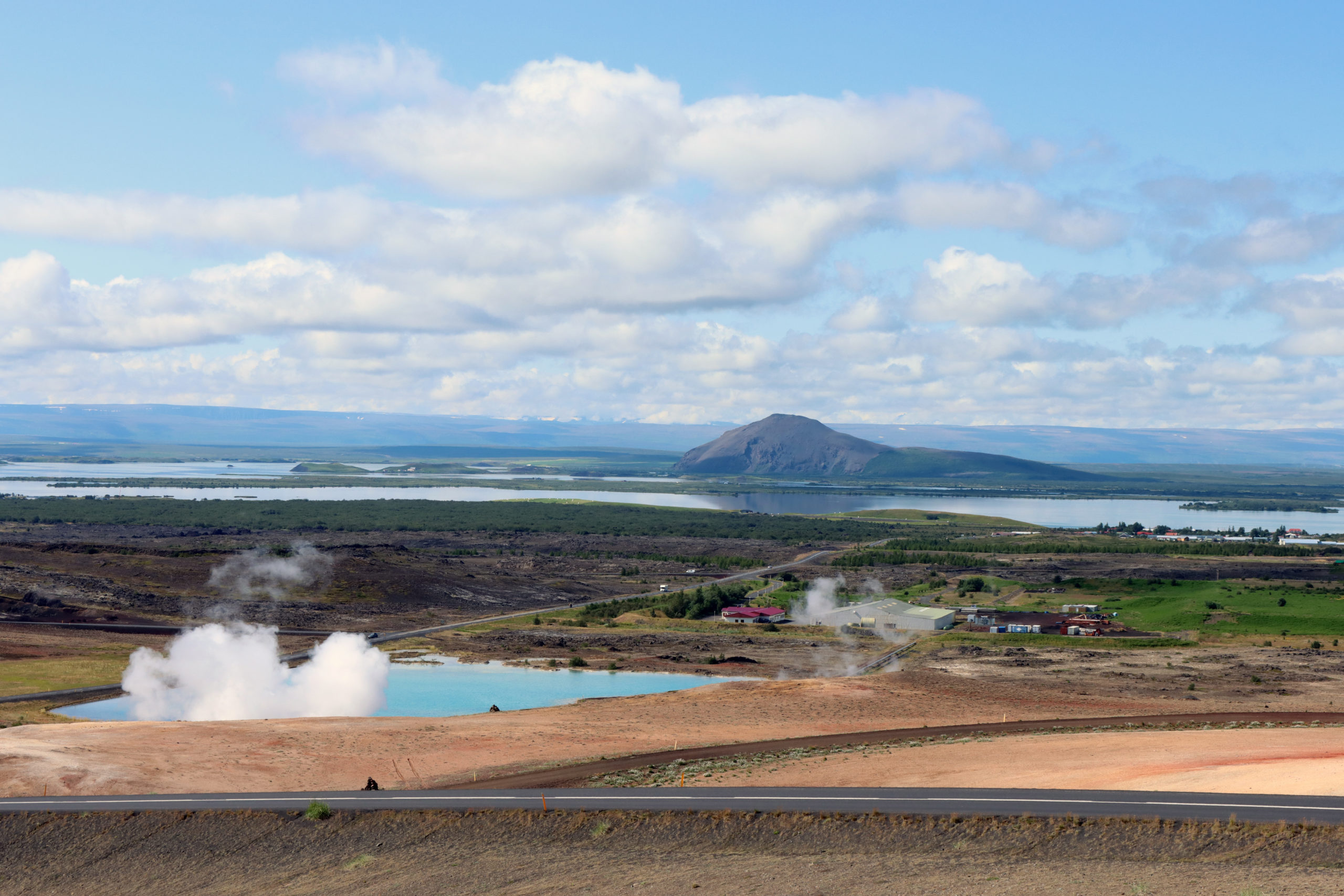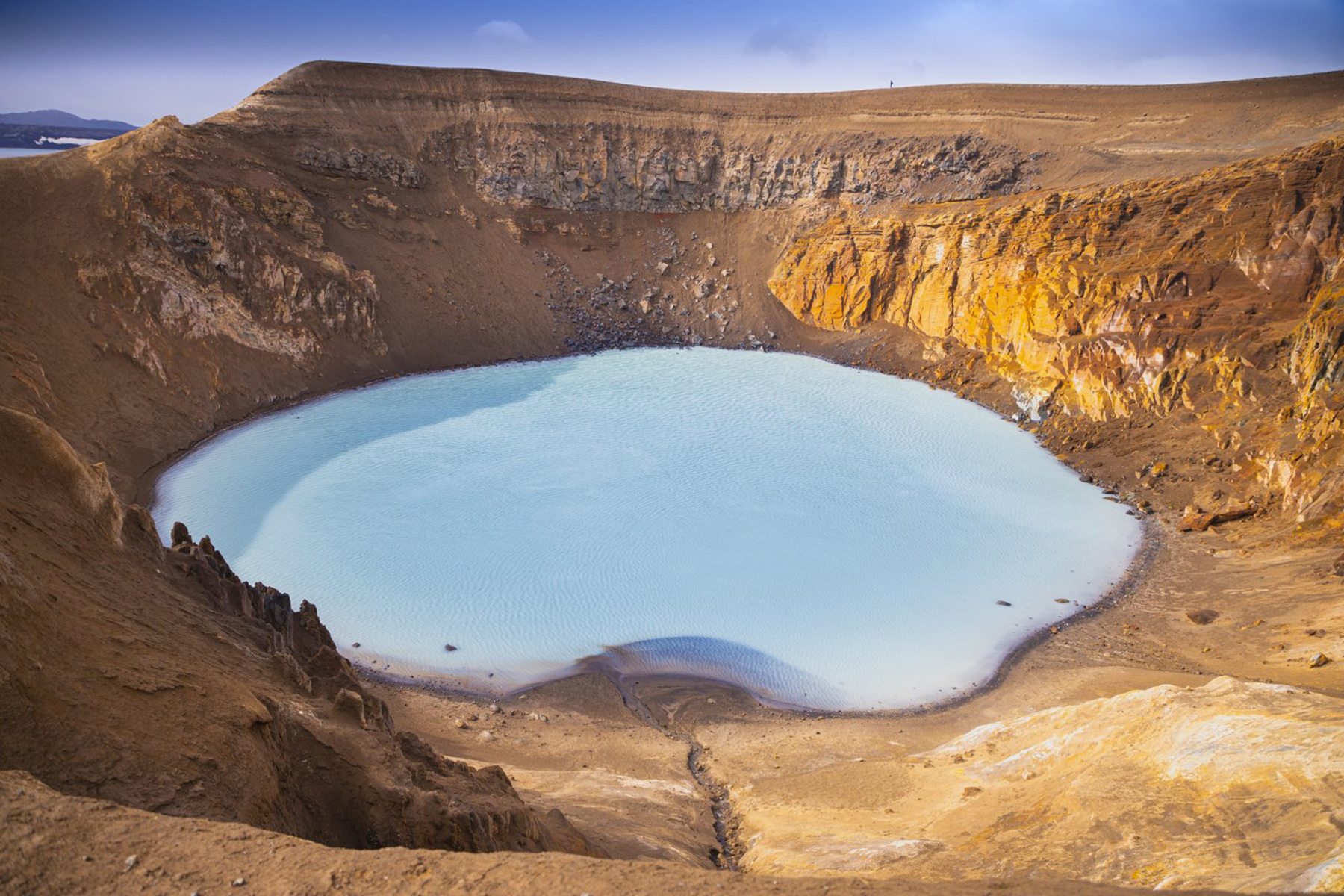Taking the road less traveled on the Diamond Circle in Iceland’s far north
From volcanic lakes to spots for whale watching and the most powerful waterfall in Europe, the Diamond Circle has more to offer than your average road trip.
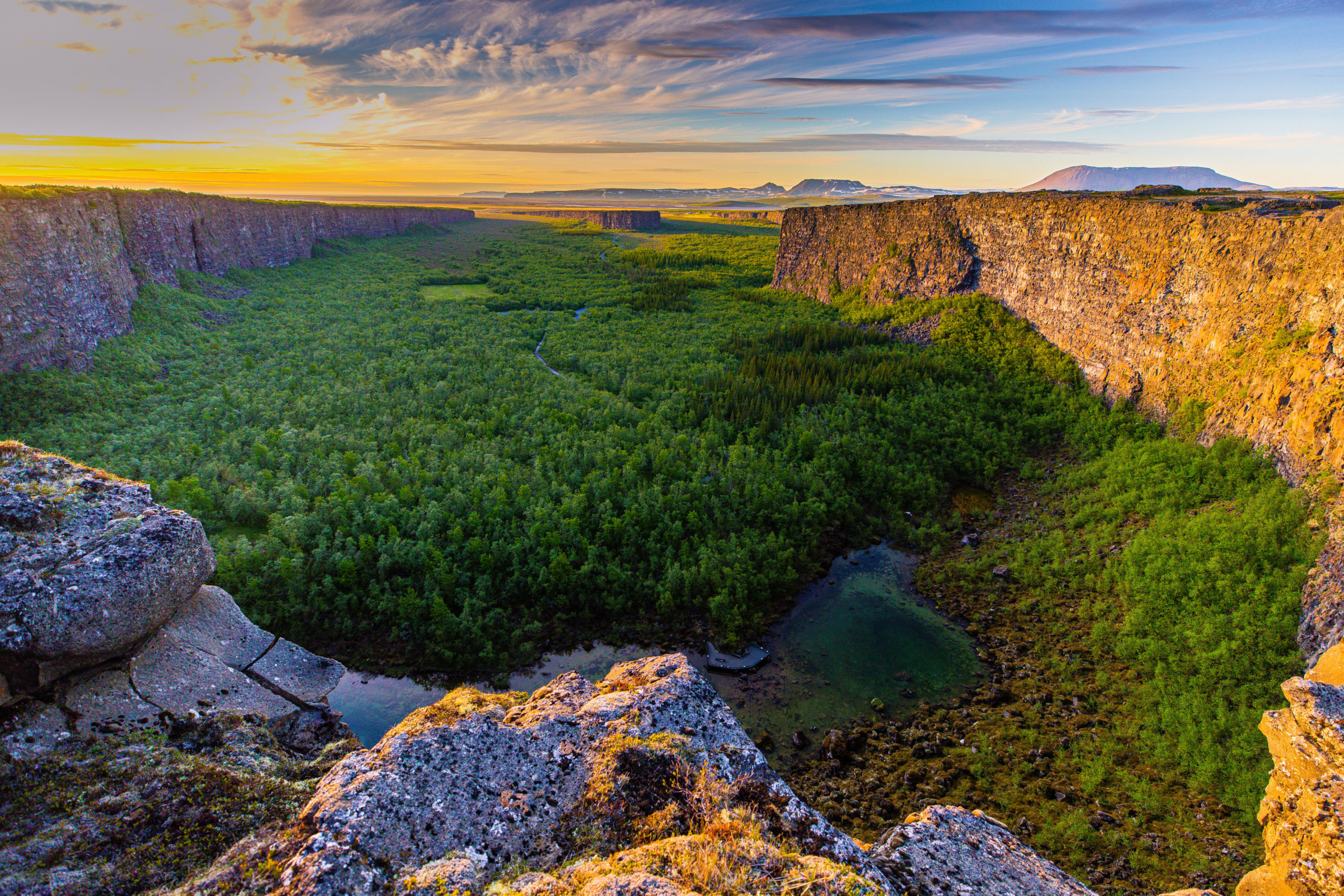
HÚSAVIK, Iceland — In 2021, the residents of Húsavík rolled out the red carpet for themselves. Symbolically, of course. It started above the whaling museum and stretched down to the harbor, tracing the route that Will Ferrel ran down in playing the role of Lars in the Netflix comedy “Eurovision Song Conest: The Story of Fire Saga.”
The locals painted the red carpet on their streets after the film song “Húsavik – My Home Town” was nominated for an Oscar. The town mayor himself filmed charming YouTube promo films and the whole town was in a state of excited anticipation.
In vain, it turned out, because the song did not win. But at least, Gunnar Jóhannesson now uses the red-painted path to lead visitors along the “Fire Saga” trail through the small town. He has photographs from the on-location filming and many anecdotes to tell about the Hollywood stars who descended on this spot in the extreme north of Iceland, including Pierce Brosnan who had a major role in the film.
Normally, life is pretty quiet in Húsavík. The town is known for whale watching and is often dubbed the “whaling capital” of the island. And, it’s the main attraction along the Diamond Circle, a new 250-kilometer circuit leading past foul-smelling mud holes and gigantic waterfalls.
Tiny pests at Lake Mývatn
From Reykjavik, it’s a good five hours’ drive via the Ring Road — the large highway which goes once around the entire island — before reaching the Diamond Circle. It’s a little faster — but only about a half an hour — to catch a domestic flight to Akureyri and to proceed by car from there.
The charm of the Diamond Circle is that one can start the tour at any given point. Lake Mývatn, for example, is a great place to begin as it lies directly on the Ring Road. The lake, created by a volcanic eruption more than 2,000 years ago, lies idyllically between craters and hills.
The clouds are reflected in the huge, usually quiet lake, but the idyll is quickly over once the driver opens the car door. Swarms of tiny black insects — midges — will attack anything that moves. They don’t bite or sting, but they fly everywhere — into one’s eyes, the nose, the mouth. So it’s better to keep quiet when they are around.
In the summer, these pests number 300,000 per cubic meter. In bygone times, starving Vikings were said to have eaten them. “Lots of protein,” jokes tour guide Trausti Bergland. Folks here have a sense of humor.
Another kind of spectacle is awaiting travelers a few kilometers further on. In the barren lunar landscape Hverir, bubbles and steam rise up from countless grey mud holes. The air smells like rotten eggs — the odor of the sulphur from the Earth’s interior.
Here you can experience the geothermal forces which supply warm water and electricity to the North Atlantic island. In some parts of Hverir, the paths are built atop stilts, and hikers are advised not to leave them under any circumstances — for you never know how firm the ground is here and how hot the mud beneath it.
A crater inside a crater
A few kilometers north of this bizarre landscape awaits an F-Road, a road which isn’t suitable for standard vehicles. The pavement is loose and there might be a river running across it. The road is not part of the Diamond Circle, but it is great for a day excursion from Mývatn and best done with a guide.
Following one F-Road after the other, starting off on number 88, you eventually end up at a geological rarity, a crater-inside-a-crater.
We have arrived at Askja, deep inside the high plateau on the northern side of Vatnajökull National Park. Our guide explains that Askja is the central volcano of a system bearing the same name, which consists of at least three craters, one inside the other.
The crater, some 220 meters deep, was created about 150 years ago in a volcanic eruption in the middle of Lake Öskjuvatn. Inside the smaller Viti crater there is also a milky light-blue lake which can only be reached via a slippery steep descent. This body of water is popularly dubbed Iceland’s biggest bathtub.
Water, of course, is the most omnipresent element on Iceland. Nowhere is this clearer than at Dettifoss, the most powerful waterfall in all of Europe. Around 200 cubic meters of water plunge down the more than 100-meter gorge every second. Visitors hear the thundering sound of the waterfall long before they finally see it. When the sun shines, a rainbow adds to the spectacle.
